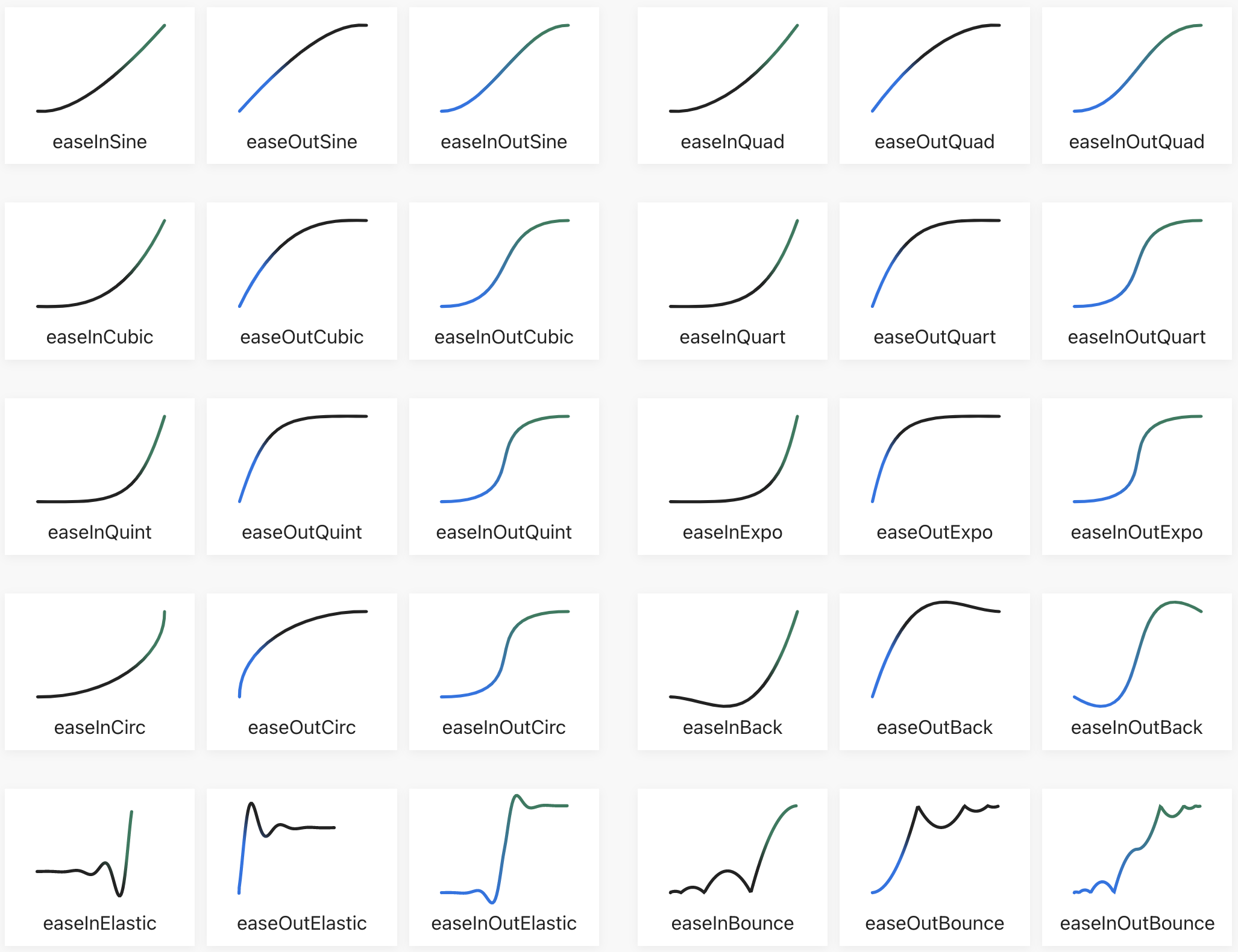I'm back on my home game engine and I need an area damage effect, which can apply to all the members of a team/party.... The trouble? How to synchronize this over a network connection.
First of all, I know for certain that the server running my game world knows the center of the effect, and it knows the radius of the effect. And it does tick the effect application against each player whether their client can visually see the effect - it appears in their combat log text immediately.
So the mechanics are there, the clients however, all run at different rates, they're in different locations world wide, with different latencies to the servers source of truth.... And so I need to now think about how I am going to tackle the issue of each player seeing an effect.
Simplicity first, the effect is just going to be represented by a wireframe sphereoid, it'll be a smooth shaded sparkles dripping effect later.
This quiets my engine engineer smooth brain some what and I now just need to synchronize the expansion from the center to the maximal radius of the effect, this will turn up at the clients from the server at any time after the effect is registered as affecting the players on the server... This maybe unfair, however, there is reason behind this in the design - the player will know the effect is going to be cast as there is pre-warning from the caster... They need to learn that and move before they see the effect basically.... That is, they need to be smart.... I know I know this is a cheap answer, but I am all about cheap answers to problems today - and in my gameplay loop, seeing the caster "spit" this effect and moving before it expands into a cloud of hell... is pretty rewarding.
So I have a time point, on all clients they know when the effect begins, they know the maximal extent and they know the center of it....
What I am thinking about now is the client side only, so without any network traffic, an entity definition for the effect which the client has pre-loaded into some dictionary of effects to execute, and this contains a rate per millisecond from the start time and the effect system has to linear interpret along the line.
I am thinking about designing some form of easing curve authoring for the client effect system - and I'll likely reuse this in the animation system - whereby I can try different easing curves.
The system interpreting along the line could be more than a lerp too, again that'll be down the line.
Replaying, reversing or otherwise on such a defined effect is going to be quite interesting as reversing the delta will allow me to contract it again.... Though time-line ordering is to be forwards chronologically only for my game play, that maybe a feature I want to play with in future.
What's the problem then? Yeah, it sounds like I have a handle on what I want, except.... I've assumed all the way through my thinking that the effect is fixed, known and defined up front.... The problem?
I want to scale the effect with the power of the caster, and this is not known up front, sure I can just add a float and multiply by 0.5 for half power or anywhere along that scope, heck I could even scaled the enemies power by some easing function as well and combing the power function along that line with the rate of the effect.... So there are answers to be had.
My problem is randomness, when it's random, things look wrong, they don't feel right when playing them and the rewarding feeling I had from the fixed function gameplay doesn't turn up... It's in some fort of metaphysical uncanny valley which I can't quite explain doesn't feel right.
I will have to play about some I feel....
